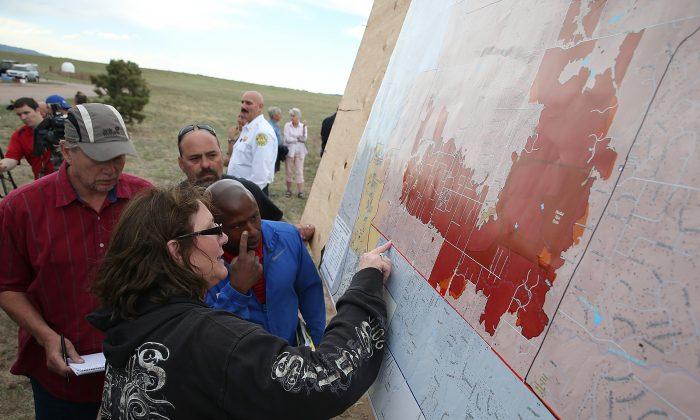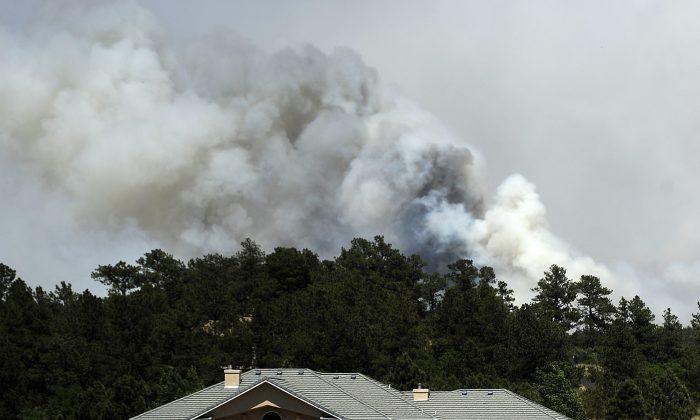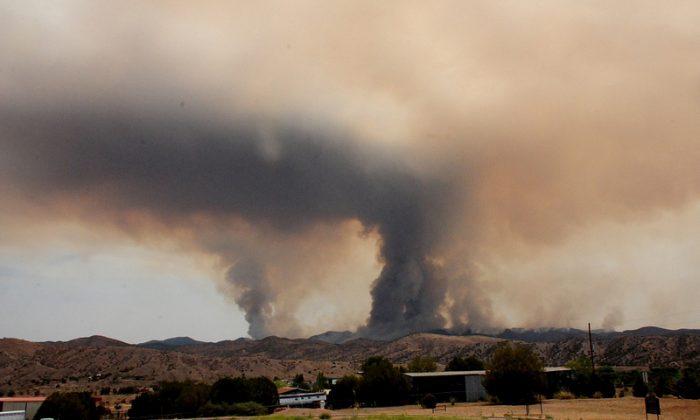An equinox happens two times a year. One time is around March 20. The other time is around September 22.
The tilt of the Earth’s axis is inclined either away from or towards the sun, but the center of the sun keeps shining right on the equator during an equinox. And the night and the day are nearly equal during an equinox.
The word “equinox” is derived from the Latin words “aequus,” which means equal, and “nox,” which means night.
Seasons are opposite on different sides of the equator, and the equinox marks different seasonal beginnings for each side.
The March 20 equinox is called a vernal equinox in the northern hemisphere. “Ver” means spring. However, it’s called the autumnal equinox in the southern hemisphere.
If you’re in the northern hemisphere, which is the upper half of our planet and includes all of Europe, North America, Central America, the Caribbean, nearly all of Asia, two-thirds of Africa, and one-tenth of South America, then you can call this your spring equinox.
While northern hemisphere folks are eagerly expecting more daylight, warmer temperatures, the rebirth of flowers, and the arrival of birds and bees—southern hemisphere folks are expecting something entirely opposite.
For the the southern hemisphere, which is the bottom half of the earth, includes Antarctica, the rest of Africa, Indonesia, Australia, South America from the south of the Amazon River mouth, and New Zealand, the March equinox means fall for your neck of the woods.
March, April, and May in the southern hemisphere are when green leaves change to warm autumn hues, nights come earlier, and cooler temperatures dominant the lands.




Friends Read Free